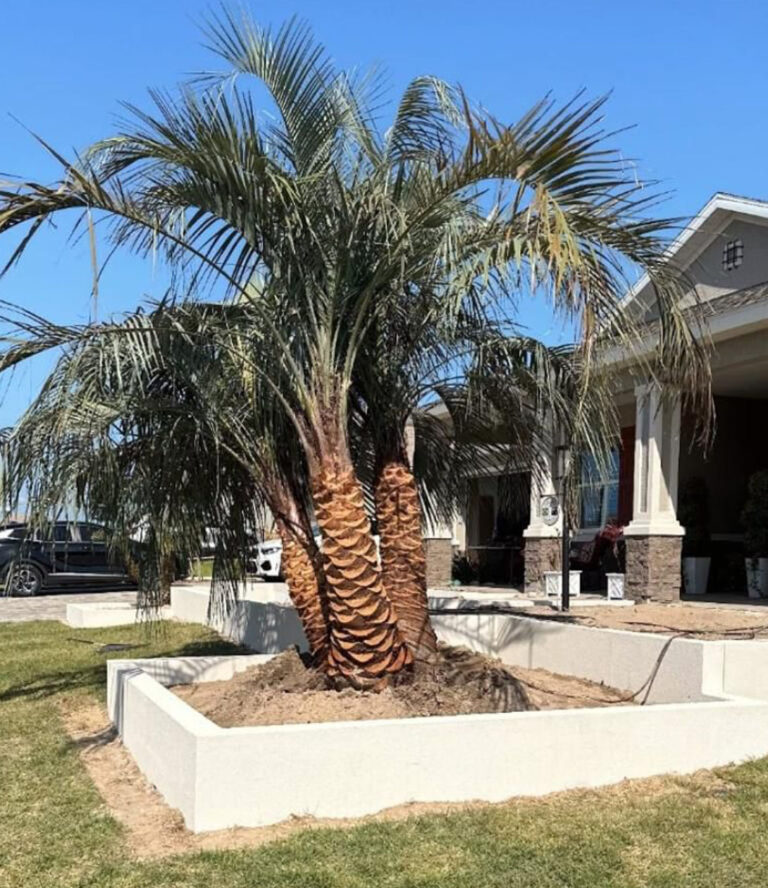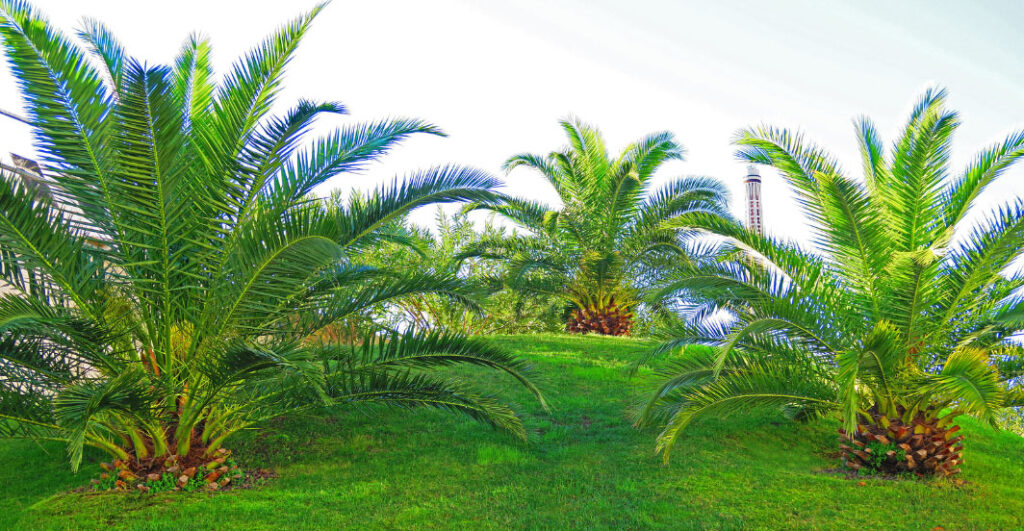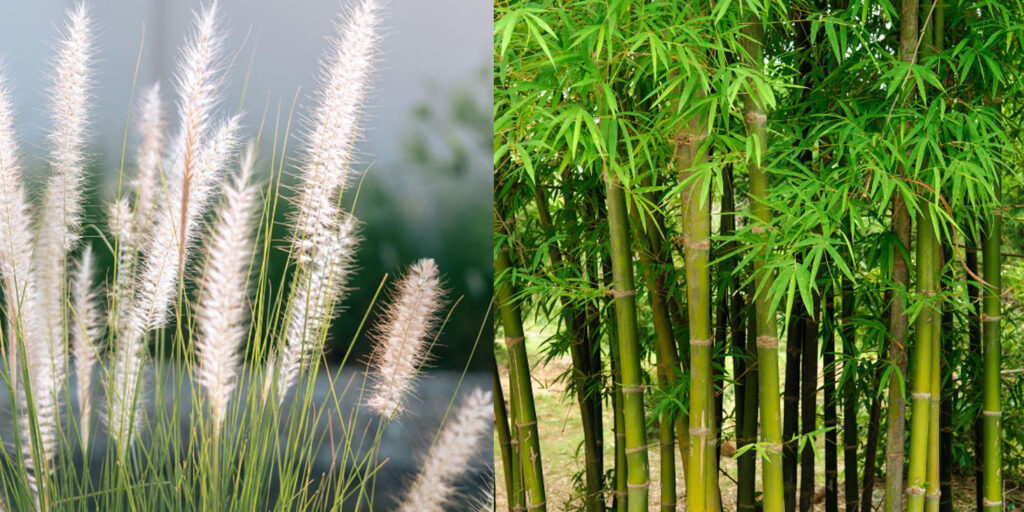

Palm trees are the ultimate symbol of paradise- swaying in the breeze, soaking in the sun, and evoking the ultimate resort vacation vibe. But there’s more to these iconic plants than meets the eye. Here are five surprising facts you probably didn’t know about palm trees:

Contrary to popular belief, not all palms grow on beaches or in warm tropical climates. Some species are remarkably resilient and cold-hardy, capable of surviving freezing temperatures.
Take the Windmill Palm (Trachycarpus fortunei) and the Needle Palm (Rhapidophyllum hystrix) , for example. These hardy palms can thrive in USDA zones as low as 6, making them suitable for the Pacific Northwest, Mid Atlantic and even the parts of the Southeast where winters get chilly.

Despite their name, Palm Trees aren’t technically trees in the botanical world. They are actually more related to the botanical families of grasses and bamboo than to trees.
Palm trees are among the oldest living plant groups on Earth. Fossil records trace them back over 80 million years, meaning they were around during the time the dinosaurs roamed the earth. Their continued survival through mass extinctions, ice ages, and dramatic climate changes is a testament to their adaptability and strength.
Palm trees have long held powerful symbolic meaning across cultures. In ancient Egypt, they represented eternal life. The Romans awarded palm branches to victorious gladiators and generals, making them a universal emblem of triumph and honor.
Today, palms continue to symbolize strength, peace, and endurance, especially in religious and cultural ceremonies. Their ability to survive drought, salty soil, and hurricane-force winds makes them a true icon of resilience.
Here’s a little-known fact: palm trees don’t heal themselves the way hardwood trees do. If a frond is broken or the trunk is wounded, that tissue won’t regenerate.
The health of a palm relies entirely on its central bud, also called the heart of the palm-the single point at the top from which all new growth emerges. If this bud is damaged, the palm won’t survive. That’s why proper pruning and protection of the crown are critical when caring for any type of palm tree.
Palm trees are full of surprises, from their prehistoric roots and their grass-like structure to their cold tolerance and cultural symbolism. Whether you are a seasoned landscaper, an avid gardener, or someone dreaming of a tropical escape right at home, there’s more to palms than meets the eye.
They’re not just decorations- they’re living stories of survival, beauty, and ancient power.
Ocala Office and Showroom
8201 SW 27th Ave,
Ocala, FL 34476, USA
Palm Tree Farm
4782 NE 180th Blvd,
Jasper, FL 32052, USA
